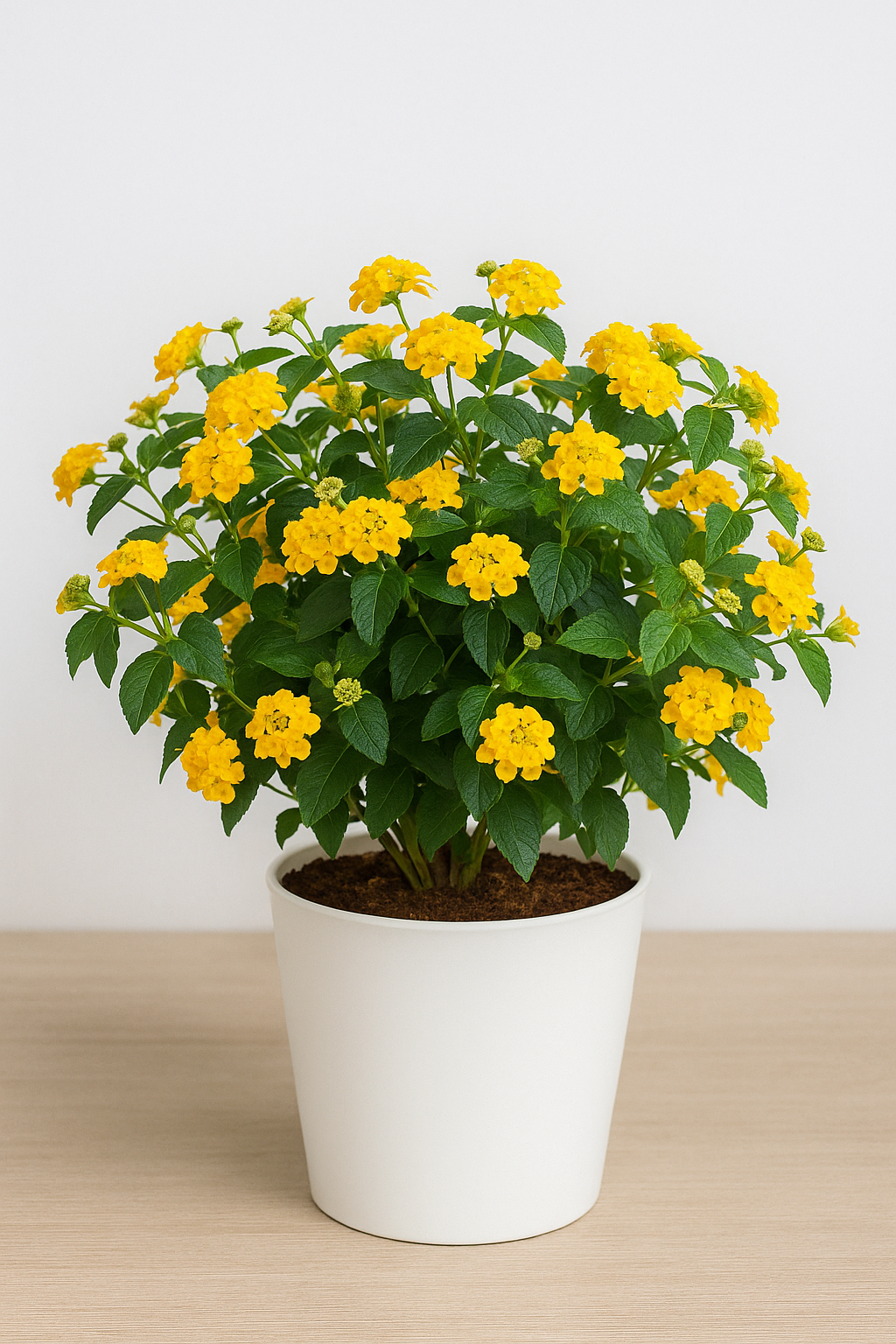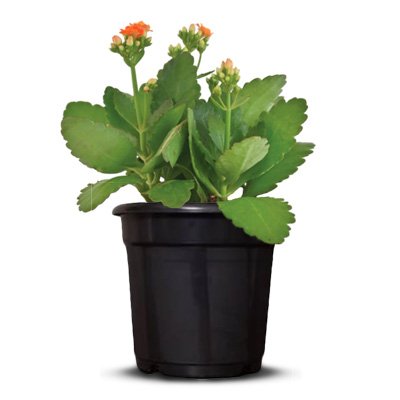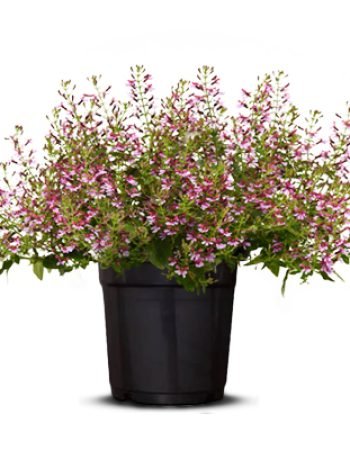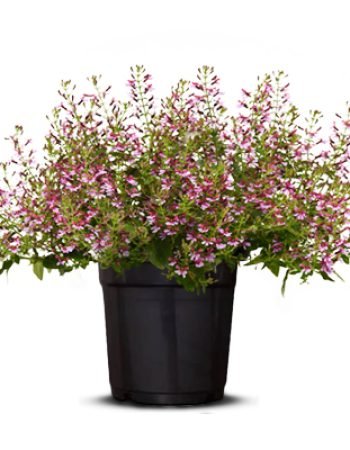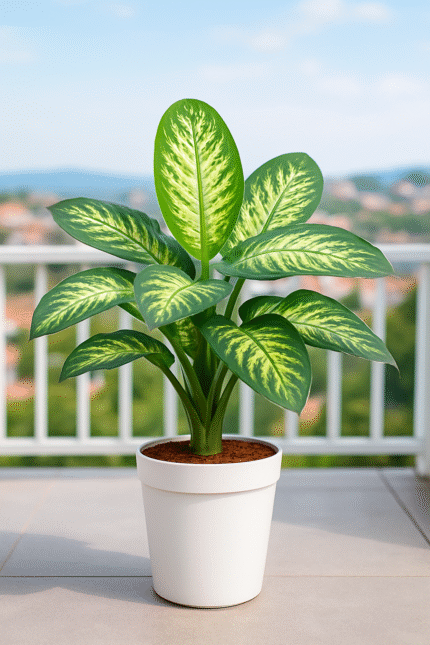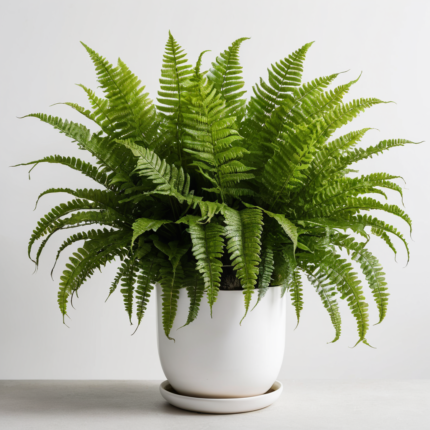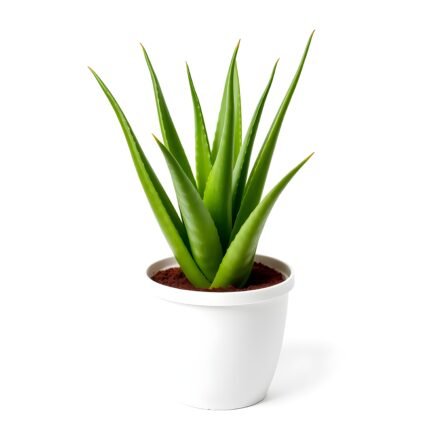Product Description:
Lantana plants have a unique vine-like sprawling appearance from woody branches, making them popular to grow in outdoor hanging baskets or as ground covers. Lantana is known for its rounded clusters of small, brightly colored flowers that may be yellow, orange, white, red, pink, blue, or purple. Often the almost fluorescent colors are mixed within the same cluster, creating a bicolored effect. Discover what real flower power is by growing lantana. This low-maintenance bloomer opens blossoms steadily during the growing season—and year-round in warmest areas. Lantana care is easy no matter where you garden. The flower’s nectar attracts several species of butterflies including the spicebush swallowtail. This fast-growing plant can be planted any time as a perennial or in the spring as an annual.
Light:
Lantana plants like full sun or partial sun. The plant should receive at least six hours (or more) of direct sunlight every day. It can tolerate some afternoon shade but will flower less if planted in a shady spot.
Soil:
These plants thrive in well-draining soil. They will grow in most soil conditions but prefer slightly acidic soil.
Water:
Water lantana thoroughly, about one inch per week, and do not let it dry out. With sandy soil, you will likely need to water every day. If blooming has slowed or stopped altogether, try more water.
Lantana plants may survive in a light frost, but if the temperature dips below 28 degrees Fahrenheit or stays cold for a long time, the plant will die. Lantana thrives in temperatures 55 degrees Fahrenheit or more. It enjoys humid weather and can even survive with salt spray.
Fertilizer:
Lantana plants do not require much fertilizer when the plant is in the ground—once in the early spring should suffice. They are very low-maintenance, and too much fertilizer can decrease the abundance of flowers. Feed lantana plants in containers more frequently with a balanced, gentle 20-20-20 fertilizer every month.
Pruning:
If you are growing lantana as a perennial, then pruning is important to promote branching and flowering, as well as to remove the plant’s fruit to keep its aggressive growth in check. Lightly shear lantana after flowering to encourage future blooms on bushier branches. Cut stems in the spring to within six to 12 inches from the ground to encourage branching and blooming.
Common Pests:
Lantana can survive most pests but watch for the following insects that can cause problems if the infestation becomes severe. The four most common pests to lantana will be aphids, lace bugs, mealybugs, whiteflies, and spider mites.3 Use insecticidal soap to eliminate pests or use a method more specific to the insect to save lantana plants.

